With emotional intelligence a hot topic in the world’s of parenting and education I thought I would put together 26 of the best activities parents, caters and teachers can do to allow children to feel emotional grounded.
The idea is that we build skills within the children in our care to allow them to deal with the problems that world has to offer without crumbling. We want our future leaders to have a good grasp on soft skills such resilience, empathy, research, understanding and cooperation before we even think about taking their education to astronomical heights.
“A child with solid foundations will grow to be the strongest and tallest tree in the forest but, forget to lay the roots and you’ll find that during one small storm, that tree can easily fall over.”

Here’s your A to Z of emotional well-being:
A – Appreciate
Make sure that your child has perspective of the things that they have. Their family, their health, food on the table. A global perspective is what we need to instil in our children. Travel, read, look. Show examples of how others live and build empathy. Be thankful for what you’ve got, not angry about what you don’t have.
B – Build Something
Allowing your child to have a dream, a vision of something they’d like to create. A rocket, a go-kart or a wendy house. Allow them to make that dream become reality by set steps to success. Design, resources, tools, procedure, result. On the way there will be heartache, time constraints, failure. But a whole lot of learning will take place too.
C – Connect
Understand that our children need real tangible connections. Take them to the part of town they never visit and make friends at the swings. Let them visit the old people’s home to read to the pensioners and get them to feel that they are part of the big wheel we call society. For the sooner they realise their place, they’ll take on the responsibility that goes with that.
D – Do the Difficult Stuff
The world isn’t all roses and baby’s faces. There are some difficult things we need to do. Having conversations with someone you’ve hurt to say sorry, cleaning the house before we go for a walk or dealing with death in the family. Talk through the reasons why these things happen, don’t hide them away in a drawer to be revealed later because your children will learn them from somewhere, it might as well be you. Enable your children to take in these difficult moments and build that strength f character.
E – Explore

Take time to plane trips. Have a globe in the house and discuss the world. Where would you like to go? Why? Watch documentaries and dream of travel. At every opportunity get out of the city to where the green stuff is and I’m not talking about a park. I mean nature. Trees, rivers, mud, insects, animals and clear air. All your child to find out about the planet and understand it’s importance in our existence and survival. Let’s cultivate children who save our environment, not destroy it.
F – Forgive
To hold a grudge or anger against another only causes you more stress and tension. We must allow our children to have an understanding of other people’s intentions and perspectives. Once our children can put themselves in another’s shoes they can start to forgive. Yes maybe tommy kicked you at playtime but do you know why? Let’s find out and maybe we can forgive him. The feeling of forgiveness always makes us all feel better.
G – Gather
Organise family get togethers, picnics and always have dinner around the table with no technology. Allow your child to organise these gatherings, setting the table, calling uncle Tony to ask him over for a picnic or planning the menu. To bring groups together allows you to observe your child in their natural free play stare without the pressures of the unknown. Giving ownership over these events allows them to take some responsibility towards the success (and the cleanup) process.

H – Honour
Children need to understand that these freedoms, liberties and rules have not come easy. From the wars that have been fought to the fact that grandad worked hard to help us buy our first house need to be told and celebrated. This allows children to develop a sense of respect but more importantly allows them to feel that what they do now, will impact those who come afterwards. “What mark are you going to leave on this Earth?”
I – Ignore the Naysayers
Children always dream big. Whether it’s becoming and astronaut or saving the Amazon. They always dream big without limitations. We must keep fuelling those dreams by throwing wood on the fire but also explain to our children that there will be sceptics. People said that the internet wasn’t possible, or walking on the moon was a fallacy but they all happened. Tell them to dream big and hold onto those dreams for one day they may be able to make them come true.
J – Just be
The world today is all about that drive for recognition. Likes, shares and comments. Instant gratification takes us away from the sense that to be creative or to restore our sense of well-being, we must have time to just be ourselves, in our own head with our own thoughts. Allow your children to be bored. No television, no tech, no stories, no nothing. Allow them to think, to create, to dream. “From great moments of boredom, come extraordinary moments of clarity and creativity.”

K – Know You are Loved
There are people who love you, need you and rely on you. In the classroom children will save seats for each other, invite discuss friends to join their club and hold their hands. Make sure that you encourage this. These friendships and circumstances allow for unique bonds to take hold allowing children to feel their place in the class and the school. Most of all let the children know that you love them and you only want what is best for them.
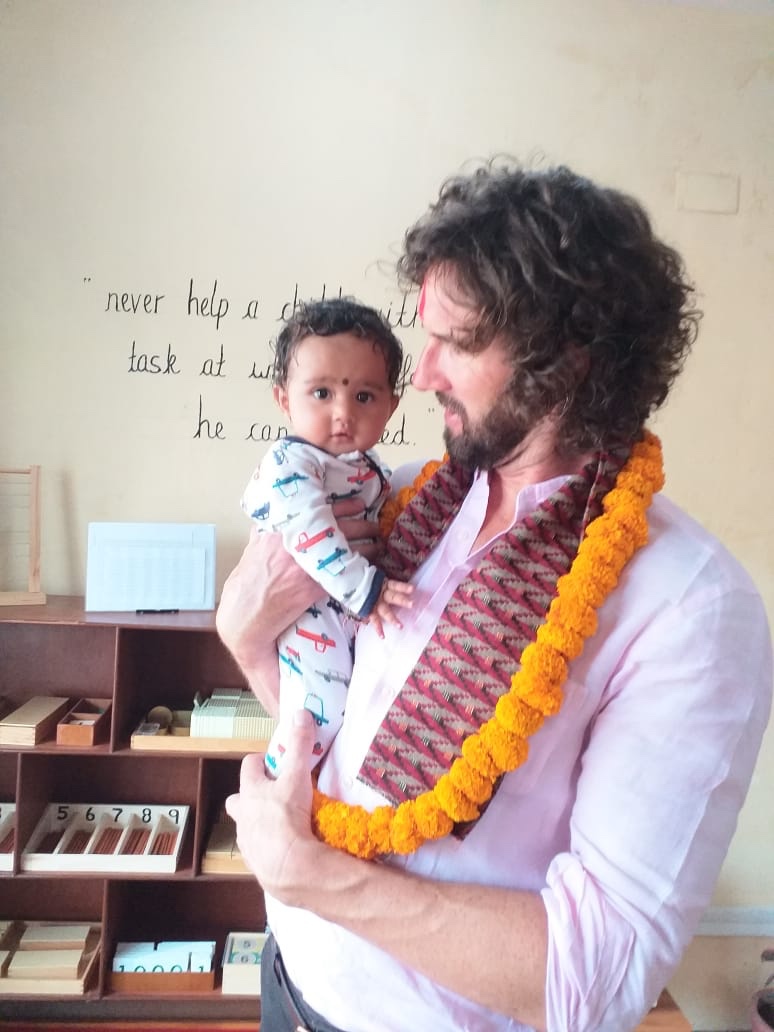
L – Listen (actively)
It is so important for children to have a chance to have a voice that is heard and more importantly responded to. Make a place in your daily routine where children can have a voice or opinion, such as group or circle time. Model active listening where a response is given based directly on the statement made. Modelling active listening allows for children to understand that there is a time to respond to another’s voice and that is when they have finished talking. Adults can leave obvious gaps in their speech to allow children to understand the meaning of the word conversation.
M – Make something
There is an old saying I’m sure you have heard before; “What is work to an adult is play to a child.” Children love to mimic their parents and teachers. To us, sweeping the floor is a mindless, boring chore that we have to undertake, but to a child this is a fun game for them to pretend to be like you. With this in mind, whenever there are repairs to be done in the home – a shelf to build, a cupboard to assemble or a car to fix – allow children to lend a hand, even if it is just to pass you the tools or hammer in a nail. The sense of achievement and teamwork they will get from this small act will stay with them for many years.
N – Nourish your Body and Soul
The old saying ‘we are what we eat’ and as children start to make choices for themselves it’s important that they understand what fuels the body. What foods and drinks will help us sustain this state of health? Allow children to come shopping and make decisions about what goes in their lunchbox. Allow them to not only choose their food, but allow them to make it. If they bought it, chose it and prepared it, there’s a better chance that they will eat it. And along the way a lot of learning will surely take place. And once your body is healthy, your mind will follow. Model healthy lifestyles to your children and these healthy routines will last a lifetime.
O – Observe
Take time to point out the smaller things in life. When you see a caterpillar crawling on a leaf, grab the magnifying glass and take a closer look. Take time to smell a flower and discuss its scent but most important of all take time to observe yourself and how you are? Are you taking time out, down time, are you having enough rest? Eating healthy etc. don’t forget your child will follow your lead, if you sit down to read each afternoon with the television switched off, so will they. Model the behaviour you wish to view in your child.

P – Plant something
It’s the greatest lesson there is. Grab a seed and some soil and plant it. Then sit back and watch it grow. Give your children the job of watering it each day, measure it, take a photo each day. Talk about the fundamentals for life and healthy growth. Change the seeds position if need be, alter it’s environment. Then relate the seed to a human being. If things are not going well, let’s change something. Children need to know that they are connected to nature and as a human being we cannot live without the wonders that nature provides for us. Ultimately our key to success is our environment and we must take time to make it perfect for our existence.
Q – Question Everything
Tell your children to question everything they read, everything they hear, everything they see. Empower them to ask the question “What is the intention behind that advertisement? That article? That statement? Critical reflection and analysis of other people’s intentions will allow our students to understand their own intentions. Why did I say those things? Why should I help dad with the laundry? Why am I working so hard at school?
Once children can understand their intentions we can start to open the doors to so many exciting initiatives so long as we have the right intentions. To start the ball rolling in your classroom inform your students that you’d like to have reasons why they have produced some kind of work or project. What was their intention?
If the intention was to impress the teacher then you need to reset and rethink. When there’s not someone there to impress will their motivation still be the same?
Self motivation for the right purpose is something we could all do with a revision class on.
R – Read
No matter how technology evolves to make reading more accessible there’ll never be anything better than the feeling of a real book.
The smell of the paper, the feel of the pages, the handwritten notes in the back of the book, the shifting of weight from left to right as you progress, the knowledge that you can pass the book on after reading or store in on your bookcase for a later date.
To allow your children access to books is an essential part of schooling. Reading together, sharing a book, laughing together and having a book club.
If there’s a library near you then make it your mission to go there once per week. It’s a resource that so many can only dream of.
But like the mobile library in the photo, where there’s a will, there’s a way!!!

S – Stretch (mind and body)
Take time each day to stretch your body. Do some light exercise to warm up and get the blood flowing. It can be a simple as 30 star jumps in the morning or before bed. Then take time to stretch the body to relax the muscles and improve flexibility. Feeling comfortable in your own skin and bones is essential for the well-being of our children. And don’t forget to stretch your mind by asking the big questions in life. Why are we here? What’s the meaning of life? What will happen when I’m older? Sit, stretch, and discuss.
T – Try Something New.
We want to encourage children to be accepting in life. Accepting cultures, faiths, beliefs etc. but it starts by encouraging our children to accept the simple things in life such as change. Encourage your children to try that new food, to walk the path less trodden or to sit with the lonely boy in class. Yes they may hate it, and it won’t always be easy but at least from the attempt to try something new, we encourage a certain level of openness. From mistakes comes great learning and you never know, they might just love it.
U – Unplug
Technology is part of our lives now and there’s no going back. From the G.P.S in our cars to browsing the internet. It’s part of us.
But the question I often get from parents is “How much time should we allow our children to browse at home?”
Eliminating technology completely would be something I would not recommend, but having specific times when technology is allowed seems to be the best option. “A technology window” is something I suggest to families.
“Between 4-5pm the iPad is allowed, but it not to be used 1 minute before and as soon as that clock ticks 5pm it’s off, regardless of where you are or what your doing!”
As a parent do not compromise on this.
It’s also important to note that technology should not be used as a “keep quiet” activity. It must be meaningful, otherwise what’s the point?
You may as well allow them to be bored, which will ultimately spark their creativity. When children are bored they become creative.
• Limit technology to certain times,
• Know what they are doing,
• Have them in sight
• Don’t use it as a “keep quiet”
V – vote
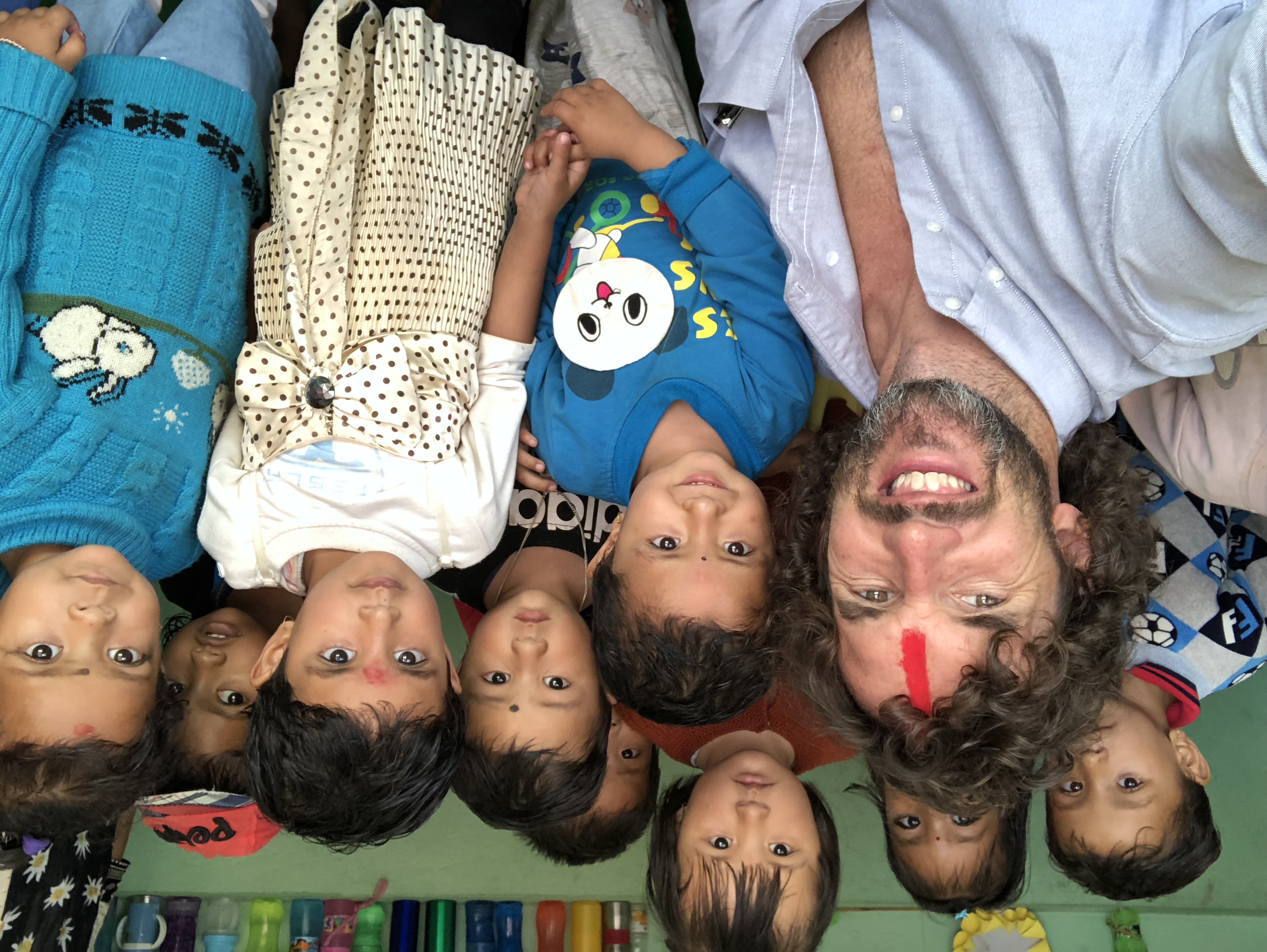
If you’re making a decision in the home or classroom put it to the vote. Promote democracy and debate. Everyone hates to feel that they are being told what to do. Allow children to voice their opinions, concerns or thoughts and then put it to the vote. Children between the age of 6 and 12 are very astute to fairness and equality. Make it fair, promote the democratic process and reap the rewards of calm and content decision making.
W – Wonder
It has never been more important for us to allow our children to be bored. Let them have nothing to do. No gadgets, toys or television. Let their mind wonder, let it create, invent and imagine. For it is these moments of creative thought that allow our children to imagine the unknown. Let them think, dream and imagine. Over stimulation gives our children no chance to have clarity of mind. Let them look at the sky, watch a bird eating seeds or a bumble bee hover in the garden. Let the world enter their brain in the most organic way possible.
X – Express Gratitude.
We must consider what we are thankful for. What is it that we have that we are grateful for. Health, love, warmth, food, clean water, freedom, family.
Encourage our children to be thankful for these things and never take them for granted. Once we become complacent, we can take these things for granted and we never truly know when they can be taken away from us. Constantly remind our children and ourselves that we are indeed very lucky to have what we do.
Y – Say “Yes”
As the teacher you are merely the facilitator of the child to bridge the gap between them and the knowledge. You are not a font, but a simple bridge. You have an amazing wealth of knowledge, experience and power in the room. Use it wisely to inspire and excite your class and be sure about your answers to all questions for they will hold them dear.
When the children in my class ask me;
Do you think I can do it?
Can I take this project home?
Can I show this to another class?
Can I work with my friends?
Can I work alone?
Do I have time to finish it?
Is this good enough?
Can I sit where I like?
Can I learn something new?
Do you mind if I complete some research on a topic that I like?
Can you leave me alone, I’m busy?
Can you help me?
Can I tell you something?
Are you ok?
Do you like your job?
Do you think I’d make a good teacher?
Should I pack my own lunch tomorrow?
Did I try hard today?
Are you proud of me?
Z – ZZzzzzzzzzz
Get enough sleep. Make sure it’s a minimum of 8 hours. No technology in the bedroom and make the process of going to sleep a pleasant one. Don’t make bedtime a punishment, make it a pleasure. “It’s time to rest your body and brain, you’ve been so busy today, come on let me tuck you in and read you a story.”
Practise these 26 emotional intelligence activities and see your children grow as fantastic young humans who are ready to take on the world, and then some.



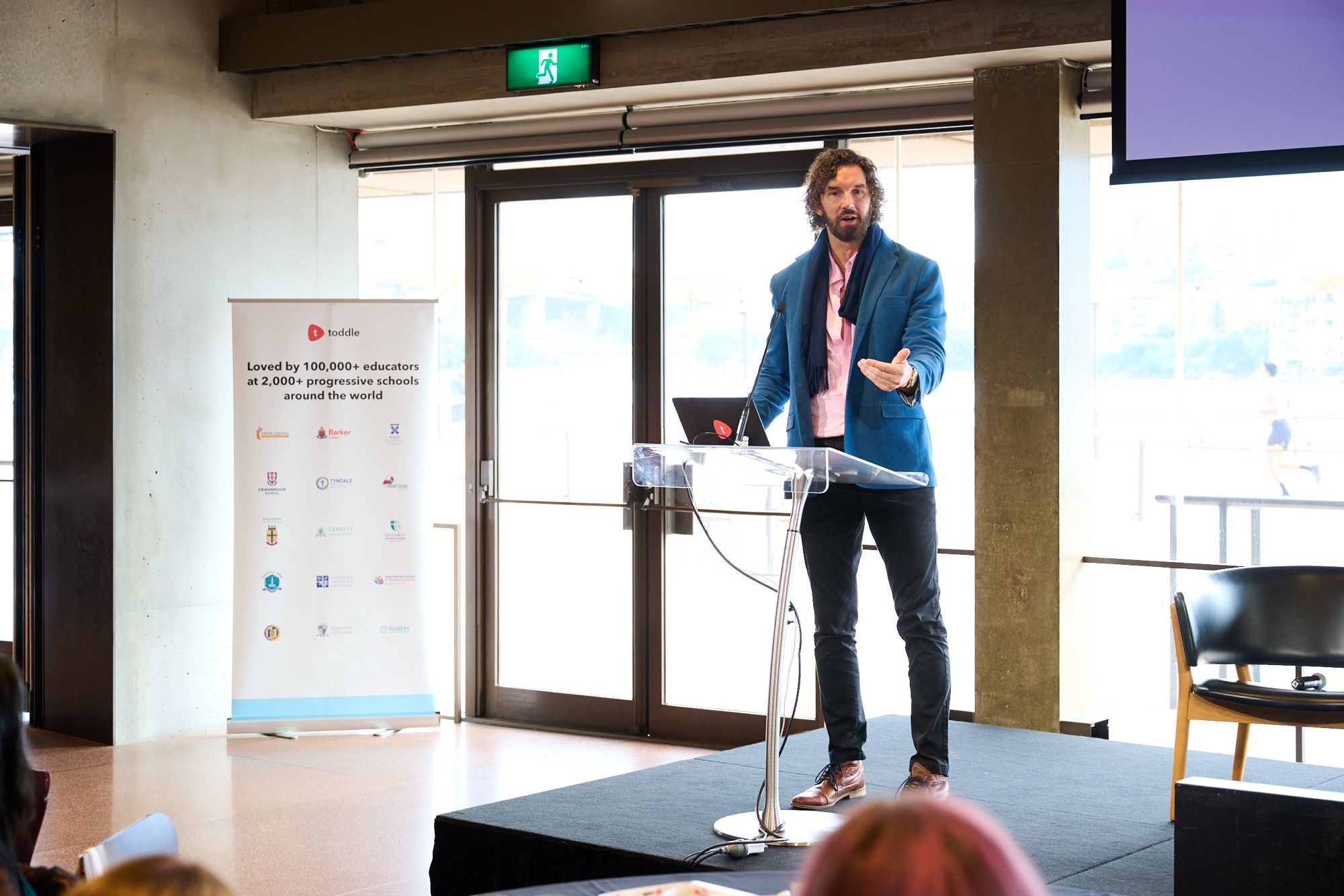
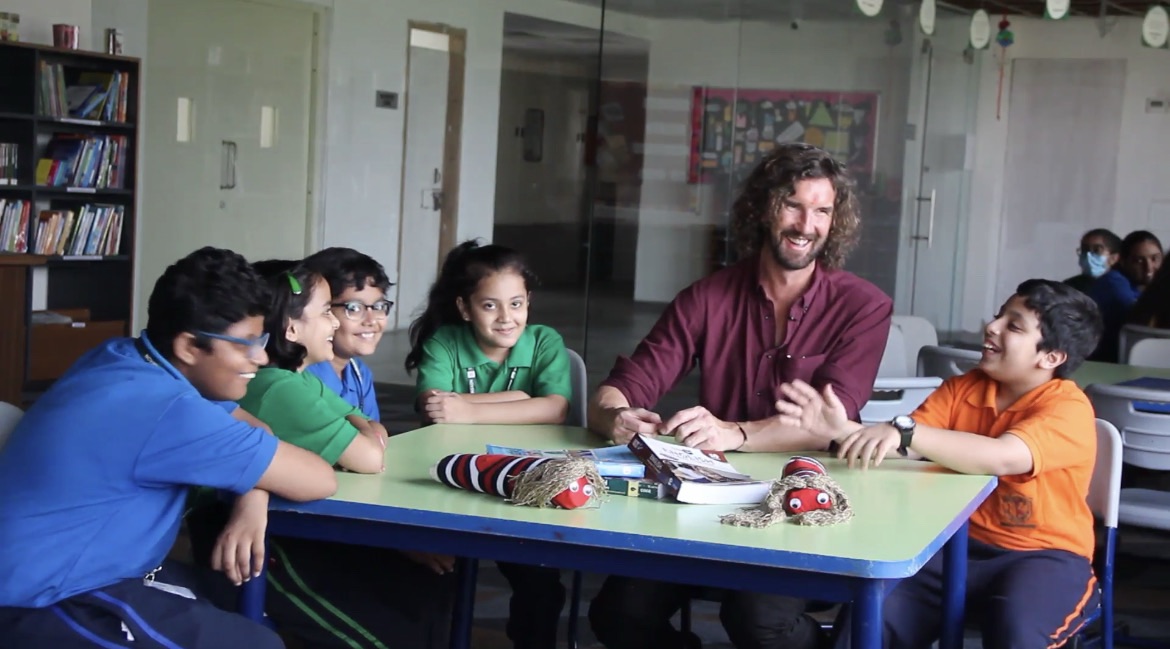
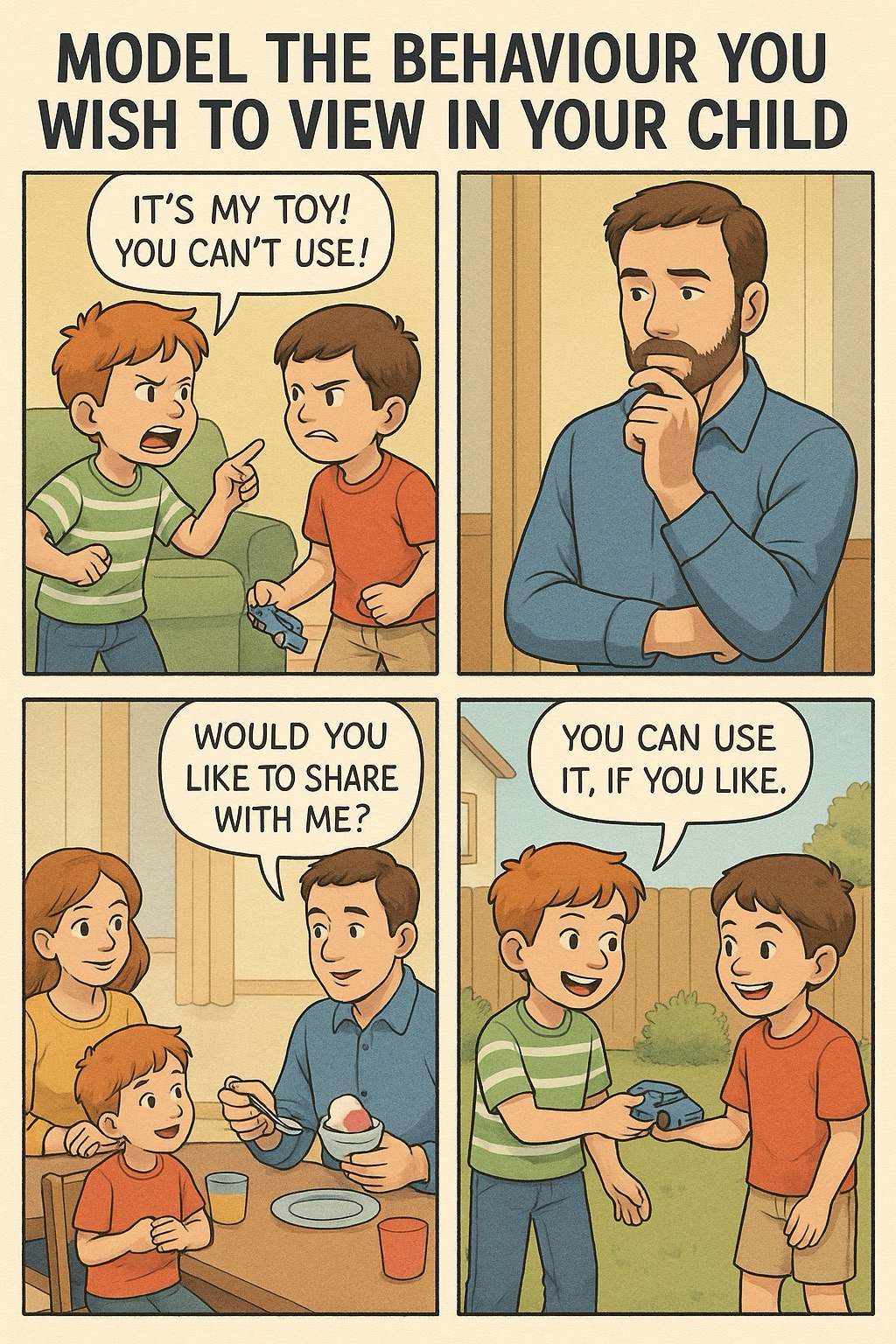
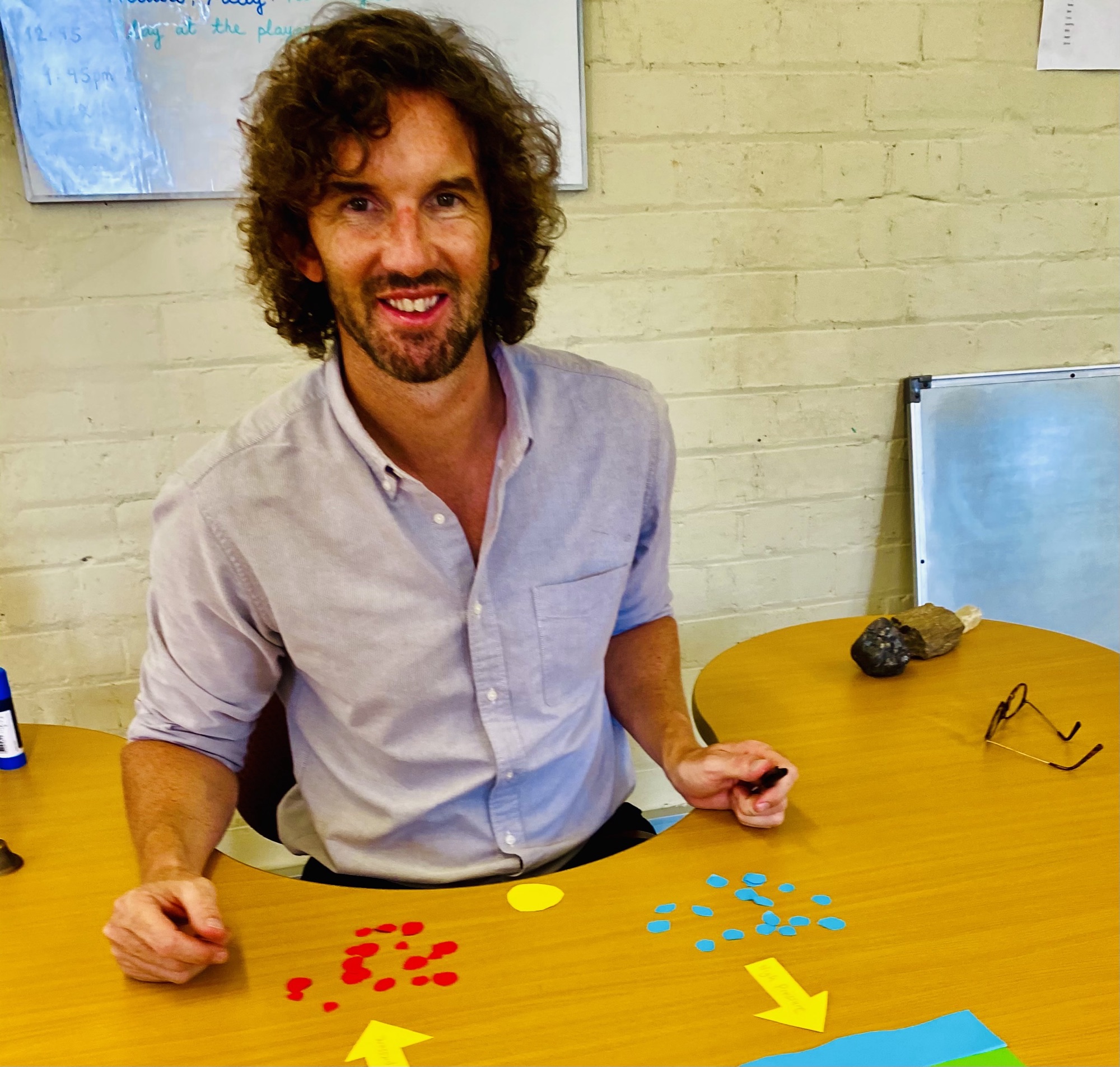


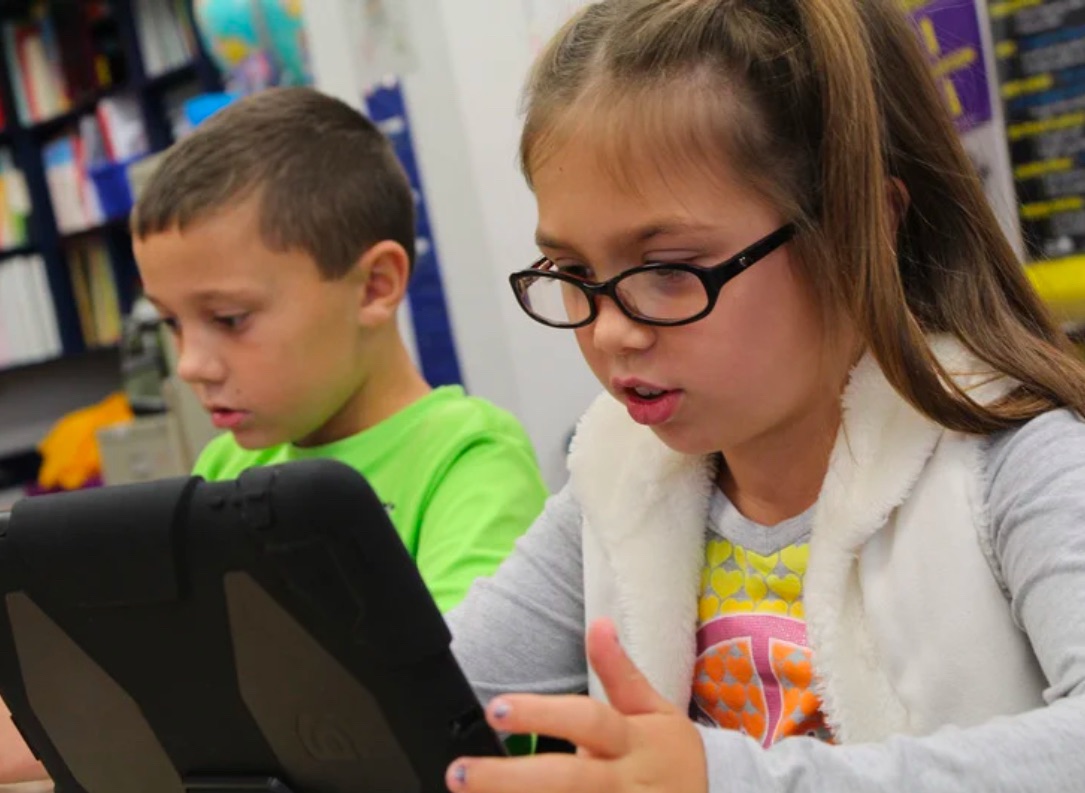
7 Responses
As always Gavin, Thanks for sharing.
Very illuminating, every teacher, no every person should be well familiar with EI as it’s an area that’s underrated but crucial for our well being.
Thanks for sharing.
A well written piece that is simplified. I am so enlightened and will definitely apply these in my everyday interactions with my son and my students. Thanks for sharing.
Very well written !! Its going to help millions of teachers. I am gonna share it with my teachers . Thanks for sharing Gavin .
It’s like a milestone even for everybody who wants to grow up new generation
An excellent list. Thank you
A fabulous list….
I shall use this with my own son and find ways, as best as I can, to bring more of these ideas into mainstream education.